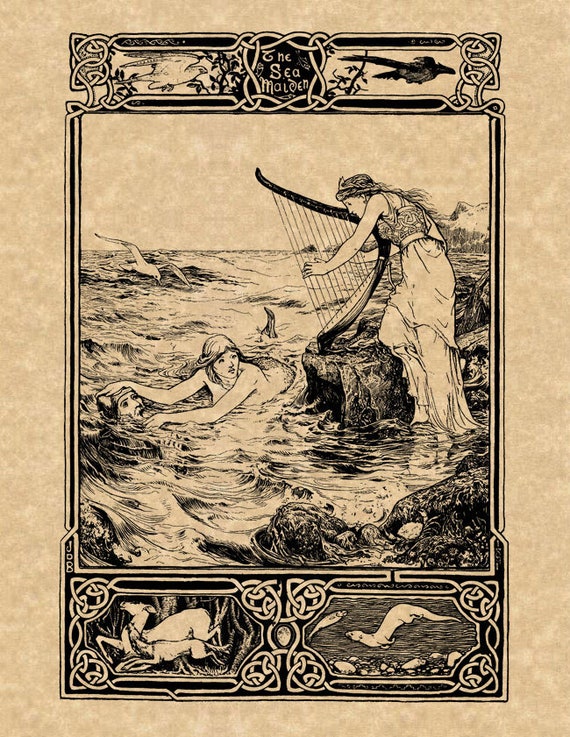Ancient Celtic religion comprised the beliefs and practices of peoples of Western Europe now known as the Celts. The time mostly associated with Celtic society was roughly between 500 BC and 500 AD, spanning the many different periods in ancient times: the Roman, British, and Irish Iron Age societies being only three of the best known.
Very little is actually known with any certainty about the Celtic people for they did not leave written records; most all knowledge was passed down verbally, from generation to generation, and apart from documented names that are thought to be of deities, the only detailed accounts were done by the Roman invaders.

Celtic paganism was one of a larger group of Iron Age polytheistic religions. The Celtic pantheon consists of numerous recorded deities, both from Greco-Roman stories and written literature. Figures from medieval Irish mythology have also been interpreted as iterations of earlier deities as well.
According to Greek and Roman accounts, the Druids came to be in Gaul, Britain, and Ireland. Very little is definitely known about them. Following the conquest of Gaul and southern Britannia, though, Celtic religious practices began to display elements of the new Romanization, resulting in a Gaelic-Roman culture with its own religious traditions, and thus, its own set of gods and goddesses, such as Cernunnos, Artio, Telephones, etc.
In Roman Britain, this lost at least some ground to Christianity by the time the Romans left in 410. This began to change in the next century as the pagan Anglo-Saxon religion was in the process of getting eradicated. Christianity was supplanting the earlier religious traditions; however, polytheistic traditions still left a legacy in many of the Celtic nations, and eventually served as the basis for a new religious movement: Celtic Neopaganism, in the 20th century.
 |
| Celtic Fairy Tales Download |

/book-of-magic--tarot-cards-on-fortune-teller-desk-table--future-reading-concept--930385224-5ac915baff1b780037240c7d.jpg)
No comments:
Post a Comment